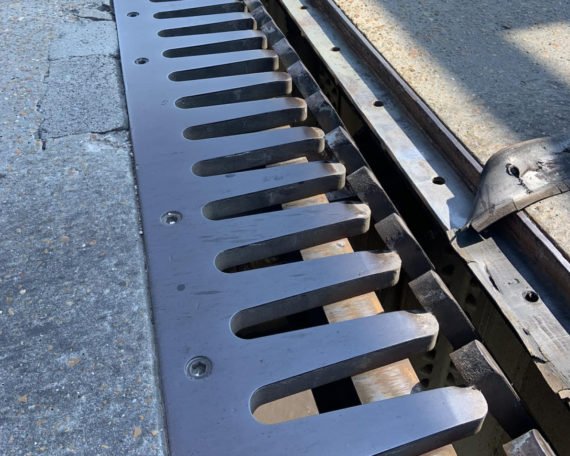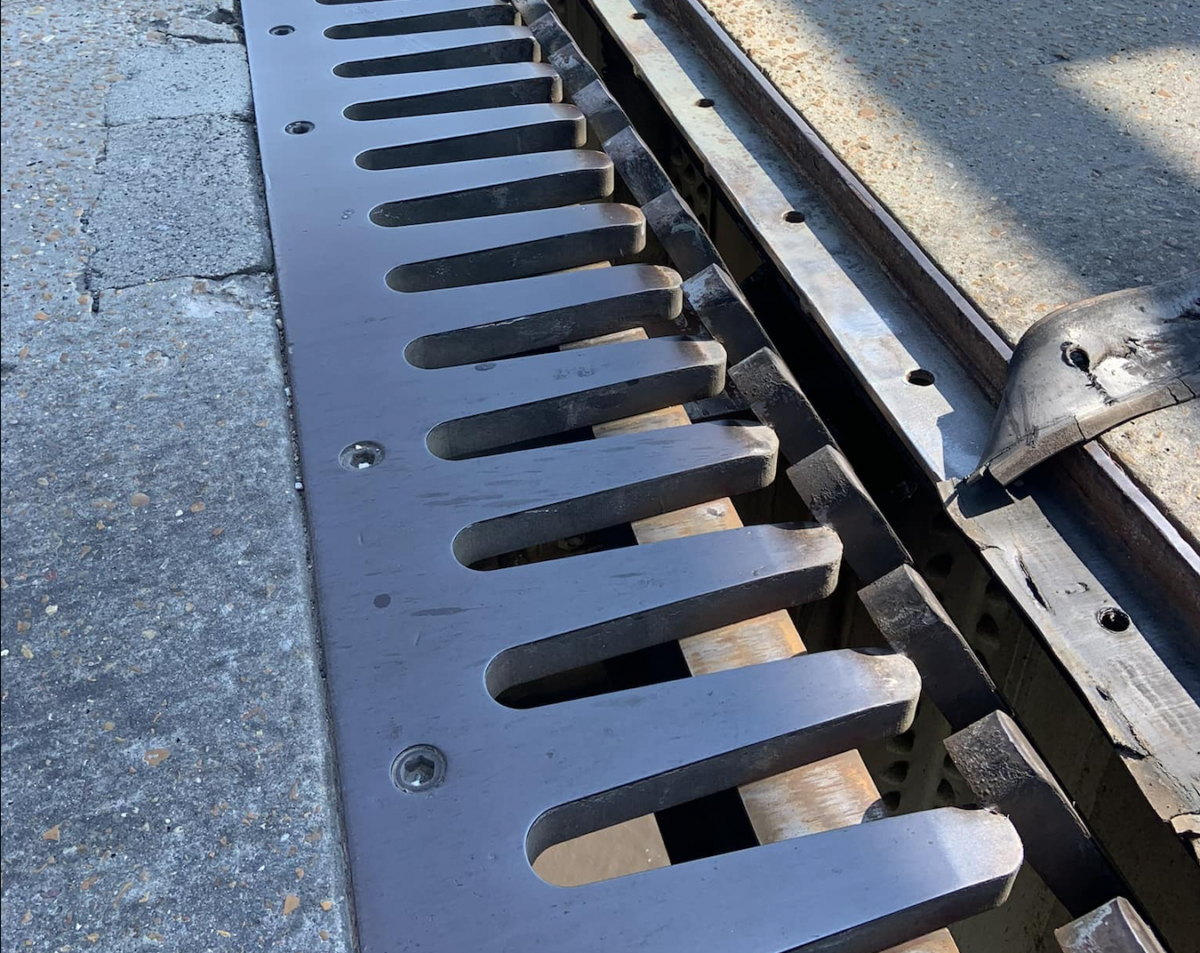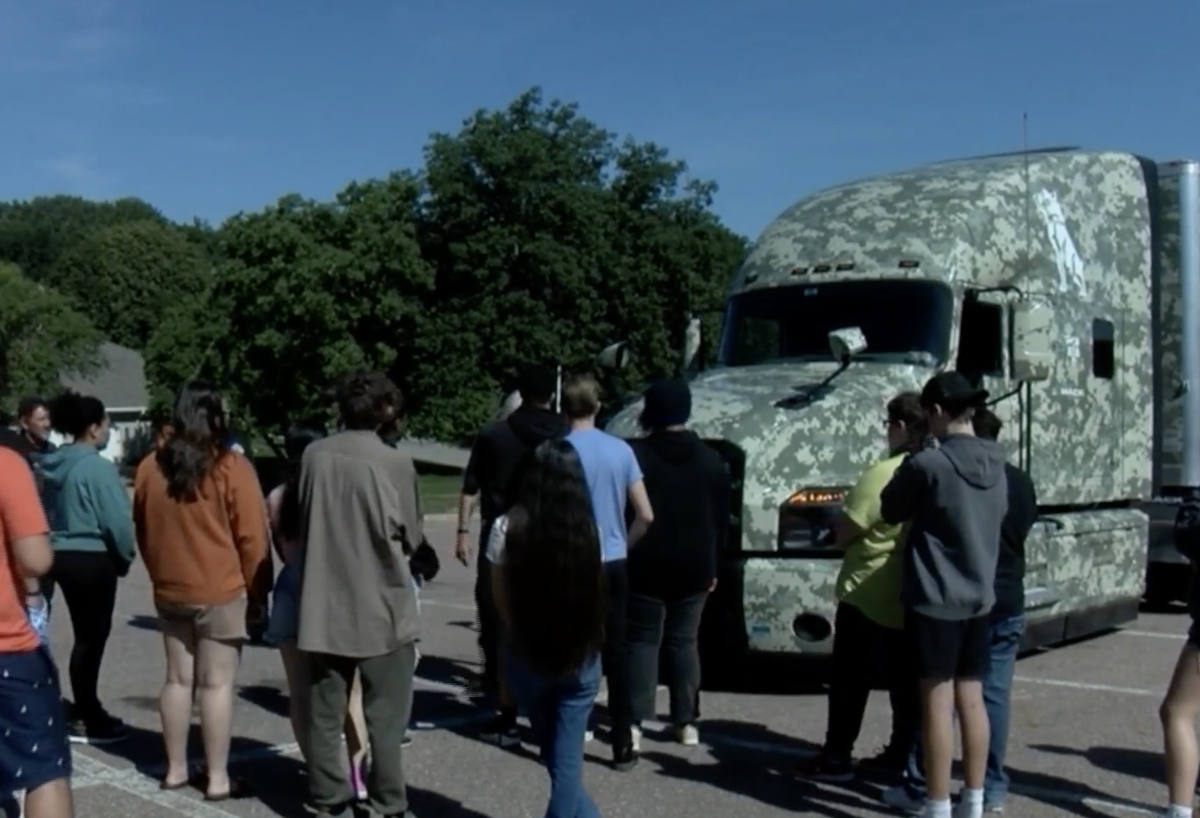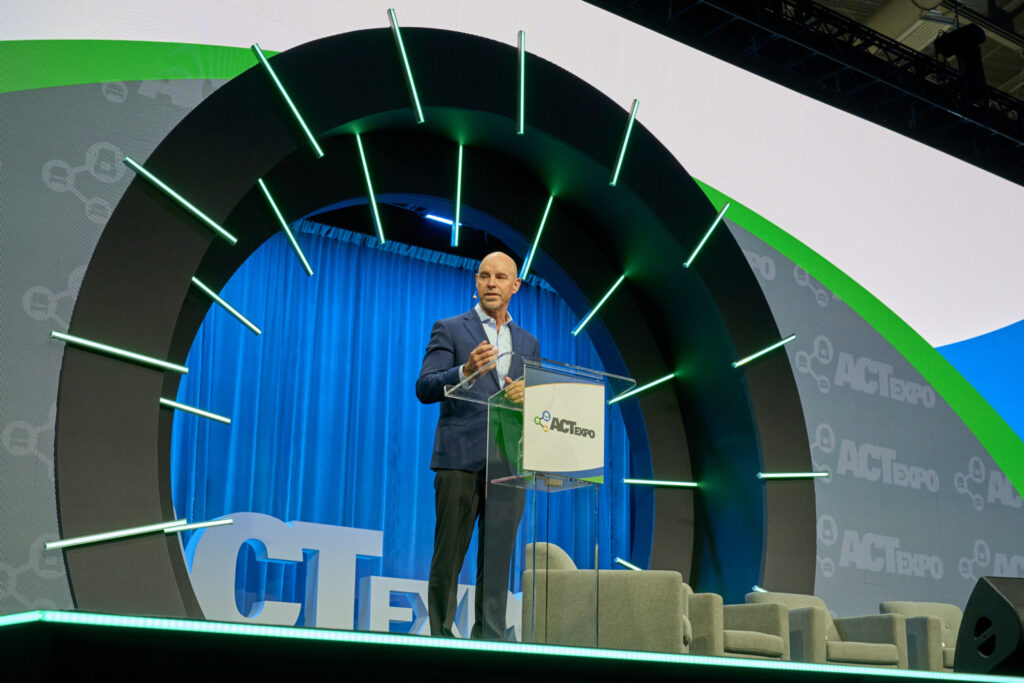Plan Your Safety Efforts with These Safety Resources

WHAT ARE THE NEW ACCIDENT & INJURY PREVENTION CALENDARS?
For the past two years, Great West has provided a sample training calendar and monthly articles in a product called the 12-Month Loss Prevention Program. These articles came from past editions of Safety Talk in the form of two-page PDFs that could be downloaded from the Value-Driven® Operations webpage on the Great West portal (www.gwccnet.com). The program has proven to be very popular, so we have expanded this product into two new calendars: one to address critical crashes, and the other to focus on preventing workplace injuries.
ACCIDENT PREVENTION
CALENDAR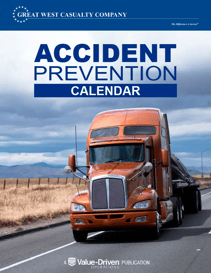
The Accident Prevention Calendar consists of 12 monthly topics specifically designed to address seasonal risks and to coincide with industry-related awareness campaigns, such as April being distracted driving awareness month. To help support your loss-prevention efforts, each monthly topic includes a corresponding article that can be downloaded and distributed to drivers. Note, each article is a fillable PDF, which can cut down on unnecessary printing. Drivers can simply download the PDF, type in their answers, save their work, and then email their completed assignment back to you. In addition, each month also includes a hands-on activity and video recommendation on the Learning Library to further bolster that month’s topic.
INJURY & ILLNESS PREVENTION CALENDAR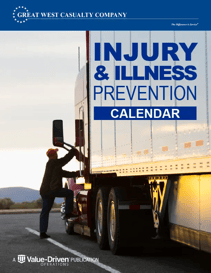
Similar to the Accident Prevention Calendar, we have created a separate calendar to address workplace injuries commonly faced by truck drivers. Utilizing content from Value-Driven® Life and other resources, the new Injury & Illness Prevention Calendar is another tool to support your loss prevention efforts. This calendar also includes a monthly article, video recommendation, and hands-on activity.
As a bonus, Great West has provided a blank template so our insureds can build their own loss prevention calendars. Feel free to develop a calendar that is unique to the exposures your company is facing and fill it with content created by you or provided by Great West and other resources. Make it your own, specific to your operations.
All of the calendars and accompanying articles can be downloaded from the Value- Driven Operations page on the Great West portal (www.gwccnet.com). Simply log in, click the “Safety Services” button, and then scroll to the “Value-Driven Company” link. There, you will find the link to the Value-Driven Operations page.
Keep in mind, these calendars will be replacing the Value-Driven Driving and Value-Driven Life articles in Safety Talk starting in spring 2024. If you have additional questions, please contact your Risk Control Services representative or Great West agent.
Note: These lists are not intended to be all-inclusive.
CALL TO ACTION
The information in this article is provided as a courtesy of Great West Casualty Company and is part of the Value-Driven® Company program. Value-Driven Company was created to help educate and inform insureds so they can make better decisions, build a culture that values safety, and manage risk more effectively. To see what additional resources Great West Casualty Company can provide for its insureds, please contact your safety representative, or click below to find an agent.
© Great West Casualty Company 2023. The material in this publication is the property of Great West Casualty Company unless otherwise noted and may not be reproduced without its written consent by any person other than a current insured of Great West Casualty Company for business purposes. Insured should attribute use as follows: “© Great West Casualty Company 2018. Used with permission by Great West Casualty Company.”
This material is intended to be a broad overview of the subject matter and is provided for informational purposes only. Great West Casualty Company does not provide legal advice to its insureds, nor does it advise insureds on employment-related issues. Therefore, the subject matter is not intended to serve as legal or employment advice for any issue(s) that may arise in the operations of its insureds. Legal advice should always be sought from the insured’s legal counsel. Great West Casualty Company shall have neither liability nor responsibility to any person or entity with respect to any loss, action, or inaction alleged to be caused directly or indirectly as a result of the information contained herein.
.


